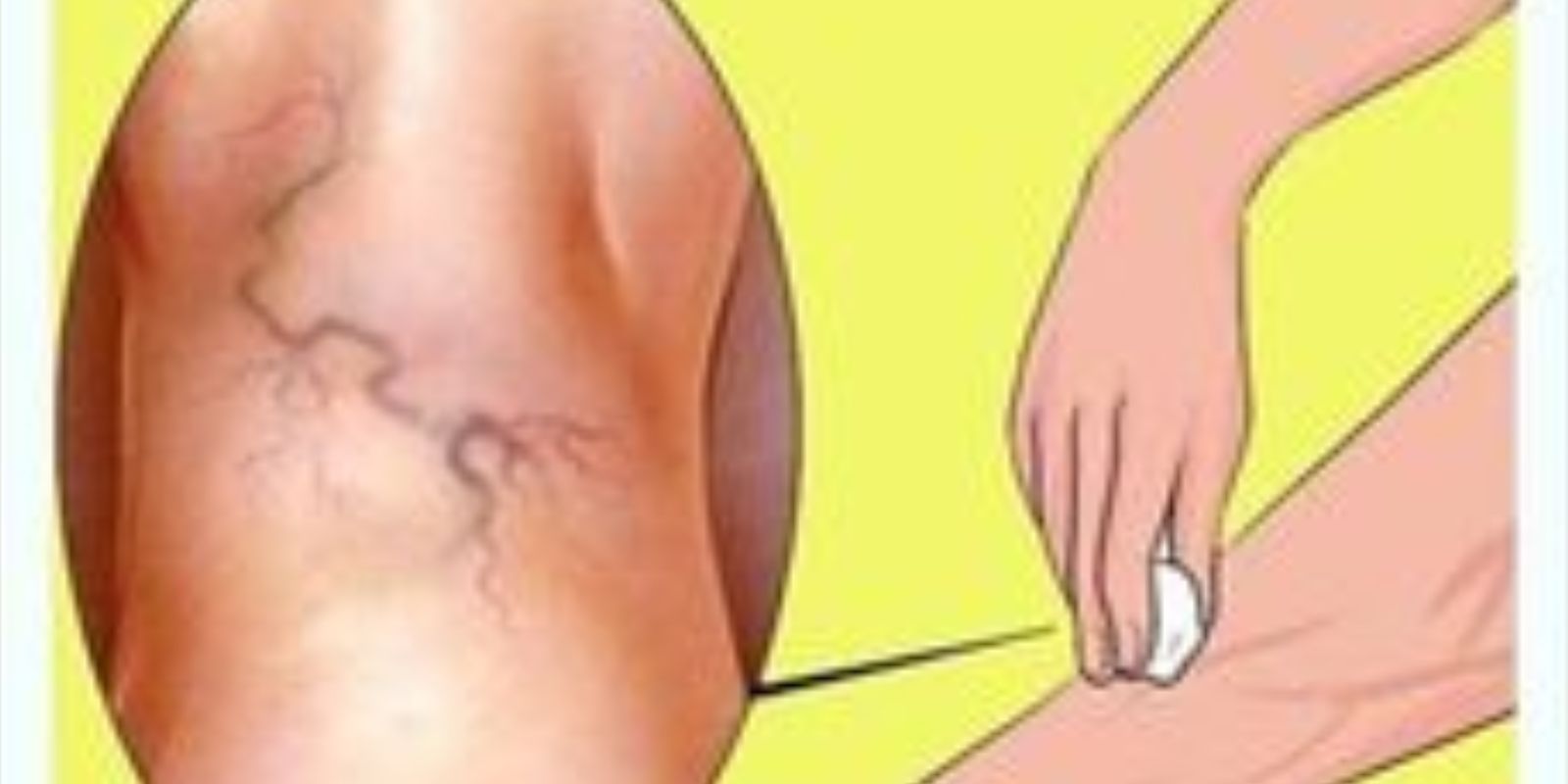Introduction
Varicose veins, those twisted and bulging veins often found on the legs, can be a source of discomfort and self-consciousness for many people. These swollen veins result from weakened or damaged valves in the veins, which cause blood to pool and veins to enlarge. Common symptoms include aching pain, swelling, and a heavy feeling in the legs. While medical treatments like surgery, laser therapy, and sclerotherapy exist, some individuals explore natural remedies as potential complements to traditional care. This article explores five natural recipes that claim to help diminish varicose veins and promote healthier-looking legs. Whether seeking relief from discomfort or aiming to improve the appearance of your legs, these remedies offer simple, natural approaches to support your vascular health.
Recipes to Try
- Apple Cider Vinegar Wrap Ingredients: Apple cider vinegar, water, cloth Method: Apple cider vinegar is celebrated for its anti-inflammatory properties and its ability to improve circulation. To create an apple cider vinegar wrap, dilute the vinegar with an equal amount of water. Soak a cloth in the solution and wrap it around the affected area for 30 minutes daily. Over time, this treatment may help reduce the appearance of varicose veins by improving blood flow and reducing inflammation. Benefits: Apple cider vinegar helps to detoxify the body and can improve blood circulation. When applied topically, it can reduce swelling and pain associated with varicose veins.
- Horse Chestnut Seed Extract Ingredients: Horse chestnut seed extract supplements Method: Horse chestnut seed extract has long been used in traditional medicine for its vascular benefits. The extract contains aescin, which strengthens veins and improves blood flow. To use this remedy, take horse chestnut seed extract supplements as directed on the packaging. It’s important to consult with a healthcare provider before starting any new supplement regimen. Benefits: The active compound in horse chestnut, aescin, helps to reduce inflammation and improve the tone of veins, potentially reducing the appearance of varicose veins and alleviating associated symptoms like swelling and pain.
- Ginger and Garlic Paste Ingredients: Fresh ginger, garlic cloves Method: Ginger and garlic are both known for their anti-inflammatory and circulation-enhancing properties. To make a ginger and garlic paste, blend fresh ginger and garlic cloves into a smooth consistency. Apply the paste to the varicose veins, leave it on for 20 minutes, and then rinse off with warm water. This remedy can be repeated several times a week. Benefits: Ginger helps to improve blood circulation, while garlic has anti-inflammatory properties. Together, they may help to reduce the swelling and discomfort associated with varicose veins.
- Witch Hazel Compress Ingredients: Witch hazel solution, cloth Method: Witch hazel is an astringent that can help reduce swelling and inflammation. To create a witch hazel compress, soak a cloth in a witch hazel solution and apply it directly to the varicose veins for 15-20 minutes. This treatment can be repeated daily for best results. Benefits: Witch hazel tightens the skin and reduces inflammation, which can help to minimize the appearance of varicose veins and provide relief from discomfort.
- Cayenne Pepper Ointment Ingredients: Cayenne pepper, warm olive oil Method: Cayenne pepper is renowned for its ability to stimulate circulation and promote blood flow. To make a cayenne pepper ointment, mix cayenne pepper with warm olive oil to create a paste. Apply the mixture to the varicose veins and leave it on for 15 minutes before rinsing off. This can be done several times a week. Benefits: The capsaicin in cayenne pepper helps to increase blood circulation, which can prevent the pooling of blood in veins and reduce the appearance of varicose veins.
Motivation to Explore Natural Remedies
Dealing with varicose veins can be more than just a cosmetic concern; it can impact daily comfort and mobility. Many people seek natural remedies to complement traditional treatments, aiming to alleviate symptoms and improve the appearance of their legs. Exploring natural remedies like those mentioned above allows individuals to take an active role in their vascular health. These remedies can offer complementary benefits and provide relief for mild symptoms.
Considerations and Precautions
Before trying any new remedy or supplement, it’s essential to consider the following:
- Consultation: Always consult with a healthcare provider, especially if you have underlying health conditions or are pregnant. Your doctor can provide guidance on the safety and efficacy of these remedies in conjunction with your existing treatment plan.
- Safety: Ensure you are using high-quality ingredients and follow recommended guidelines for preparation and application. Avoid using remedies if you have known allergies to any of the ingredients.
- Effectiveness: Understand that natural remedies may vary in effectiveness for different individuals. Results may also take time to become noticeable. Consistency is key, and it’s important to give each remedy enough time to work before expecting significant changes.
Conclusion
Natural remedies for varicose veins offer a holistic approach to vascular health, aiming to alleviate discomfort and potentially improve the appearance of affected areas. Whether you choose to explore apple cider vinegar wraps, horse chestnut seed extract supplements, ginger and garlic pastes, witch hazel compresses, or cayenne pepper ointments, remember to approach them mindfully and in conjunction with professional medical advice. By incorporating these remedies into your daily routine, you can take proactive steps towards smoother, healthier-looking legs and improved overall well-being.
Explore these natural solutions today and discover the potential benefits they may offer for your vascular health journey! 🌿

